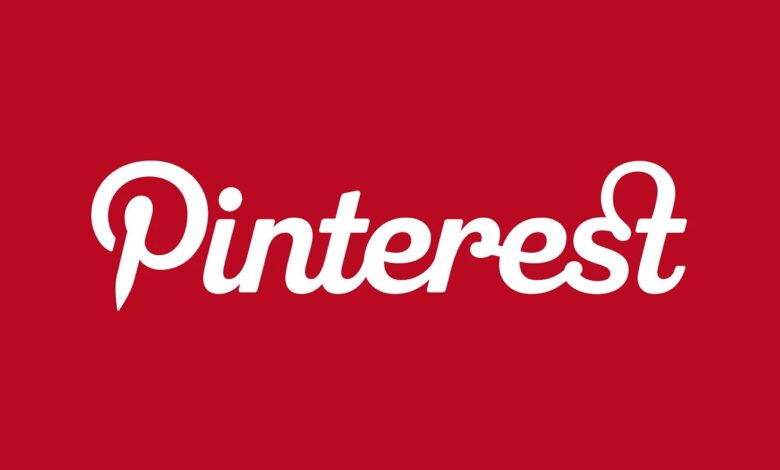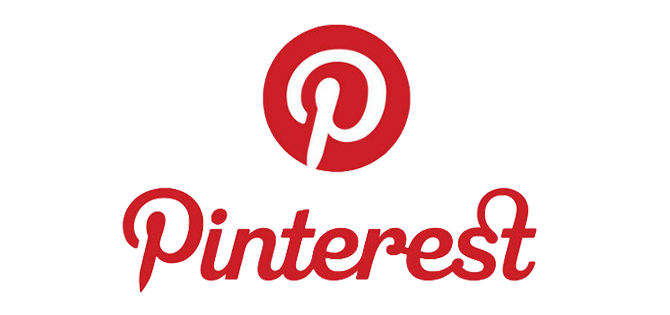Pinterest Logo: A Deep Dive into Its Design, Meaning, and Evolution

Introduction: Why the Pinterest Logo Matters
When you Pinterest Logo think about the world’s most recognizable logos, a few instantly pop into mind—Apple’s bitten apple, Nike’s swoosh, and maybe McDonald’s golden arches. But in the digital space, particularly when it comes to creative inspiration, the Pinterest logo has carved its own iconic status. Even if you’ve never been a heavy Pinterest user, chances are you can easily recognize the elegant “P” inside the circular emblem.
The Pinterest logo isn’t just about branding—it’s about identity, simplicity, and relatability. Unlike logos that are loud or overly complex, Pinterest chose a path of minimalism. The logo is simple, yet it communicates exactly what the platform is about: pinning ideas, inspirations, and creativity to a digital board. This subtle yet powerful concept is one of the reasons the logo resonates so deeply with users worldwide.
In this article, we’ll take a closer look at the Pinterest logo’s design, evolution, symbolism, and influence. By the end, you’ll understand why such a minimal mark holds such a powerful place in the digital design landscape.
The Origin of the Pinterest Logo
Pinterest launched in 2010 as a unique visual discovery platform where people could collect and share ideas through “pins.” From the very beginning, the brand’s logo needed to reflect the concept of pinning content while also standing out in the crowded world of social media.
The earliest Pinterest logo combined text and design. It featured the platform’s name written in a playful, cursive-inspired typeface. The letters were rounded and friendly, giving off a welcoming vibe. This approach made sense at the time, as Pinterest was new and needed to introduce both its name and concept to the world.
However, even from the start, the idea of “pinning” was central to the logo. The stylized “P” looked like a pin itself, which was a clever nod to the platform’s main functionality. This showed the design team’s understanding that logos work best when they visually connect with the brand’s purpose.
The Evolution of the Pinterest Logo Over Time

Like most successful brands, Pinterest Logo didn’t stick to its original logo forever. As the company grew, it realized the need for a simpler, more scalable design that could work across different mediums, from websites to mobile apps to printed materials.
The most significant change came when Pinterest introduced the circular emblem featuring just the “P.” The decision to strip down the design was strategic. Social media platforms like Facebook, Twitter (now X), and Instagram all had recognizable, minimal logos. For Pinterest, a single letter inside a red circle became the perfect solution. It was modern, clean, and worked well as an app icon.
Over time, minor tweaks were made to smooth out the curves of the “P,” balance the proportions, and adjust the shade of red. These subtle changes may not be noticeable to the average user, but they demonstrate Pinterest’s commitment to visual refinement. This evolution shows that even small design details can greatly impact how a brand is perceived globally.
The Symbolism Behind the Pinterest Logo
Logos aren’t just about looking good—they carry meaning. The Pinterest logo may look simple, but it’s loaded with symbolism. The “P” doesn’t just stand for Pinterest; its shape is reminiscent of a pushpin, which ties directly into the platform’s concept of pinning ideas to a board. This clever visual connection makes the logo memorable and meaningful.
The red circle also plays an important role. Red is a color associated with passion, energy, and excitement. For Pinterest, red helps convey the idea of enthusiasm and creativity—exactly the kind of feelings people experience when they discover new ideas. At the same time, red is eye-catching, making the logo stand out on crowded app screens or websites.
What’s most impressive is how the logo manages to be both simple and deep. A single letter inside a circle might not seem revolutionary at first glance, but once you understand the thought behind it, the design feels brilliantly intentional.
Why the Pinterest Logo Works So Well
So, what makes the Pinterest logo so effective compared to others? First, its scalability is unmatched. Whether you’re looking at it on a small phone screen or a large billboard, the logo maintains its clarity and recognizability.
Second, the logo is timeless. While many brands constantly reinvent themselves with flashy rebrands, Pinterest has stuck to a consistent identity. By only making subtle refinements instead of drastic changes, the company has built trust and recognition among its users.
Third, the logo perfectly aligns with the user experience. Pinterest is about simplicity—finding ideas, pinning them, and organizing them into boards. The clean design of the logo reflects that same simplicity. It doesn’t distract or overwhelm; instead, it reinforces the platform’s purpose.
The Role of Typography in the Pinterest Logo
Typography has always been central to Pinterest’s branding. In the earliest logo versions, the full word “Pinterest” was written in a flowing, handwritten style. This choice made the platform feel warm, approachable, and slightly playful.
When the brand shifted toward minimalism, the focus went almost entirely to the “P.” The letter itself became a design masterpiece, with its curved stem resembling a pin. The typography wasn’t just about letters—it was about crafting a symbol that could stand alone.
Interestingly, Pinterest still uses the wordmark in some contexts, especially when introducing itself to new audiences. However, for most people, the circular “P” has become so iconic that the company doesn’t always need the full name to be recognized. That’s the power of well-executed typography in logo design.
Comparisons with Other Social Media Logos
The Pinterest logo also stands out when compared to other social media giants. For example, Facebook uses a lowercase “f” in blue, Instagram has a colorful gradient camera, and Twitter famously had a bird icon. Pinterest, on the other hand, opted for something simpler—a red circle with a “P.”
This minimalism actually works to its advantage. While Instagram’s gradient and Twitter’s bird have undergone changes, Pinterest’s logo has remained consistent. The simplicity makes it easier for users to identify instantly, no matter the platform or device.
It’s also worth noting that Pinterest didn’t try to mimic its competitors. Instead of adopting the blue color scheme that dominates social media (Facebook, LinkedIn, Twitter), Pinterest boldly chose red. This decision not only set it apart visually but also gave it a strong, emotional identity.
The Pinterest Logo’s Cultural Impact
Logos don’t just live on apps—they seep into culture. The Pinterest logo is now associated with creativity, inspiration, and lifestyle trends. People who see it don’t just think of a social media site; they think of DIY projects, recipes, fashion ideas, and home décor inspiration.
This cultural connection makes the logo more powerful than just a brand mark. It has become a symbol of inspiration itself. Just as the Nike swoosh symbolizes athletic achievement, the Pinterest “P” symbolizes a world of creative possibility.
Designers often cite the Pinterest logo as a strong example of how minimalism and symbolism can work together. It’s a logo that students of design study and that branding experts admire. That kind of influence is rare, especially for a company that’s only been around since 2010.
Conclusion: The Lasting Legacy of the Pinterest Logo
The Pinterest logo is proof that sometimes less really is more. With just a single letter inside a circle, it conveys a platform’s entire identity and purpose. It’s simple, scalable, meaningful, and timeless—qualities that every great logo should have.
As Pinterest continues to grow and inspire millions of people around the world, its logo will likely remain the visual anchor that ties everything together. Whether you’re pinning recipes, planning your next vacation, or finding design ideas, the logo is always there as a reminder of what Pinterest is all about: creativity and inspiration at your fingertips.
For designers, the Pinterest logo is a lesson in restraint and symbolism. For users, it’s a familiar icon of ideas waiting to be discovered. And for the brand, it’s one of its most powerful assets. Simple yet unforgettable, the Pinterest logo has truly earned its place among the most recognizable emblems of the digital age.



